When management creates or optimizes their IT asset management (ITAM) strategy, they must look at a number of areas. One of the primary spheres is in the governance itself, particularly the ITAM policies, processes, procedures, and standards. They set the stage for a program that runs smoothly, seamlessly, and efficiently; both for the ITAM platform and how the organization and team uses it. In this short guide, discover what these elements are, how they contribute to an excellent ITAM strategy, and how to get started.
Table of Contents
All About Policies, Processes, Procedures, and Standards
Professionals should begin by establishing the company’s goals concerning their IT assets and IT asset management. For most firms, objectives include protecting confidential data, preserving technology, and keeping track of spending. ITAM governance lays out and defends how these goals will be reached and maintained long term.
Here’s where policies, processes, procedures and standards come in. Many ITAM guides and articles refer to these terms synonymously. However, while they are interrelated, they are unique elements:
- Policies: Policies are rules that help professionals make decisions or carry out actions in various scenarios. Everyone must follow the policies for business operations to run properly.
- Processes: Processes establish the steps necessary to achieve a particular objective or policy. They define what individuals and teams must do. Processes work in conjunction with carefully selected ITAM tools.
- Procedures: Procedures outline the sequential actions to do anything important within ITAM. It details the how, when, and with whom of every process.
- Standards: Standards display the minimum level for achieving particular goals. Additionally, they allow teams to understand if they are on the path toward success.
How Do They Contribute to an Excellent ITAM Strategy?
Policies, processes, procedures, and standards all work together. Policies guide processes, processes inform procedures, and procedures live up to standards. Simply by understanding this concept, you can understand how critical they are to an excellent ITAM strategy.
There are numerous benefits to establishing transparent governance in ITAM:
- Efficiency: If management, department heads, and professionals have clear direction for all ITAM practices, it will reduce wasted time and energy. It also ensures consistency and repeatability for every action, minimizing mistakes and inactions.
- Error Visibility: When we organize IT assets effectively, it is much easier for individuals to accept responsibility and accountability. As a result, all the flaws reveal themself for a better resolution.
- Better Decision Making: Executives do not waste time going over goals or policies when they meet to make important decisions. Likewise, data has a higher chance of being comprehensive, up-to-date, and accurate. Since this is the case, management and key stakeholders can make better decisions quickly.
- Financial Literacy: Companies that track the right elements and keep consistent spending records have better financial literacy, leading to financial sustainability. If the IT department maintains processes and procedures, they understand exactly what to do when they catch overspend. They also avoid unnecessary costs by properly managing various aspects of IT assets. Furthermore, stakeholders and shareholders feel financially secure and maintain interest in the organization.
- Minimized Risks: Organizations take substantial risks when they invest in technology. Governance allows management to avoid hardware loss, theft, or destruction, software security breaches, data loss, and compliance problems.
- Simplified Maintenance: Routine processes and procedures allow for simplified maintenance or repair services.
- On-Time Software Renewals: You can reduce costs and risks if professionals know when to renew or review software licenses.
- Stronger Reputation: In this day and age, efficient technology processes are necessary for client satisfaction. Setting standards means companies have an easier time producing the right products, delivering goods on time, and responding to customer inquiries. In the end, you achieve a better reputation. Likewise, employees can confirm your company runs on clarity, transparency, and integrity rather than being disorganized. In turn, you can obtain and retain top talent.
Getting Started
Four areas of governance may sound overwhelming and challenging. You may wonder where to start, or which components would be most valuable. The following list takes a look at the major considerations:
- What are your ITAM goals? Find inspiration for your objectives by looking at your current ITAM issues, areas that could use improvement, or the most valuable advantages of developing an excellent ITAM strategy.
- What specific benefits are you hoping to achieve with ITAM? While benefits can inform your ITAM goals, they can also help you build standards.
- What risks do you encounter with your current ITAM? Risks point towards areas that need extra attention, or clarified processes and procedures.
- Which decisions need executive power? Which one can we handle by lower-level management or teams?
- How can the policies, processes, procedures, and standards be implemented effectively? Change is hard, especially for organizations that have been acting and reacting in a certain way for a long time. It requires careful planning, understanding what resources will be necessary for implementation and how success will be monitored or determined.
- What is the current ITAM budget? What are the projected costs of implementing a new strategy and system? Will it save money long term?
- Will employees, teams, or management raise objections to a new ITAM strategy? Resistance is likely. It is vital to anticipate how it will be encountered and develop a plan on how to deal with it.
- What are the most important areas of asset management? How can you break these domains down into smaller, manageable pieces for a better approach? “Asset Inventory” is too difficult to tackle, since the domain is too large. Break it down into smaller chunks so you can determine appropriate policies, processes and procedures. For instance, “Onboarding” or “Logging locations.”
Examples
- How do new employees acquire necessary assets, borrow assets, or send assets off for maintenance or repair?
- How do we discuss, approve, or disapprove an asset before acquisition?
- How do we introduce an asset into the ITAM system, other relevant systems or records, and the organization environment?
- How do we monitor assets throughout their lifecycle?
- How do we dispose assets?
- How do we configure hardware and software assets?
- How does the organization maintain security on employee personal devices?
- What are the physical and logical security methods for hardware and software?
- What are the processes and procedures for technical support, maintenance, and repair?
- How do we track asset licensing and compliance?
- How do we monitor Cloud applications?
- How do professionals make executive decisions over IT assets?
This Ebook provides a comprehensive overview of IT Asset Management, its benefits, and common challenges faced by organizations. We will also explore how to implement IT Asset Management using Jira, a popular project management tool, and best practices for managing IT assets.


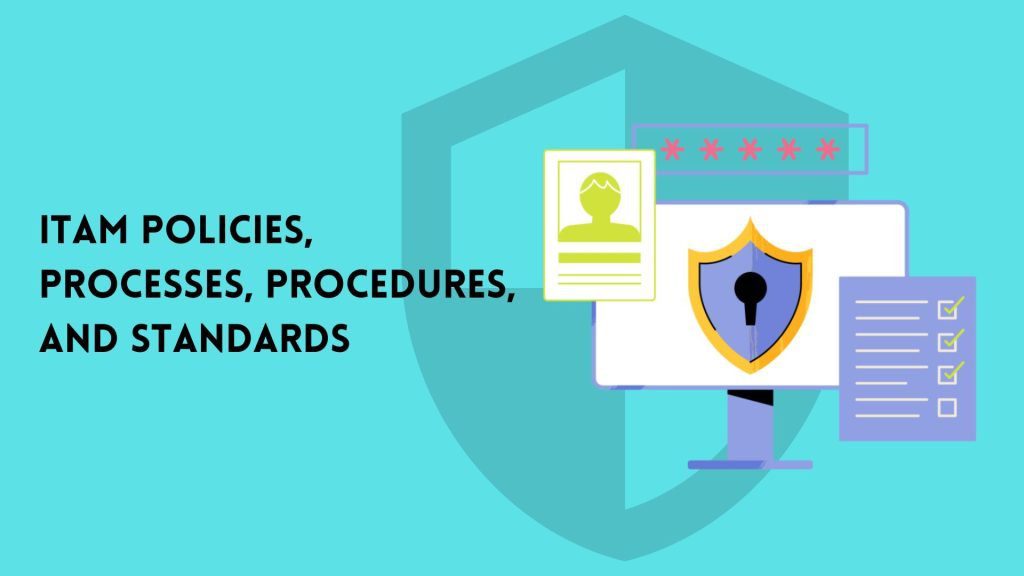

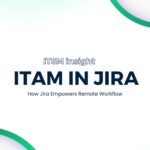
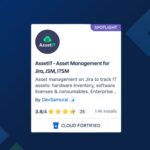
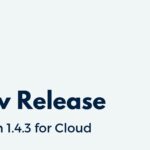
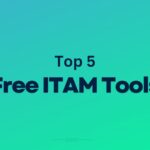



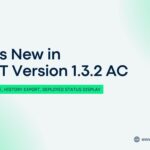

Recent Comments